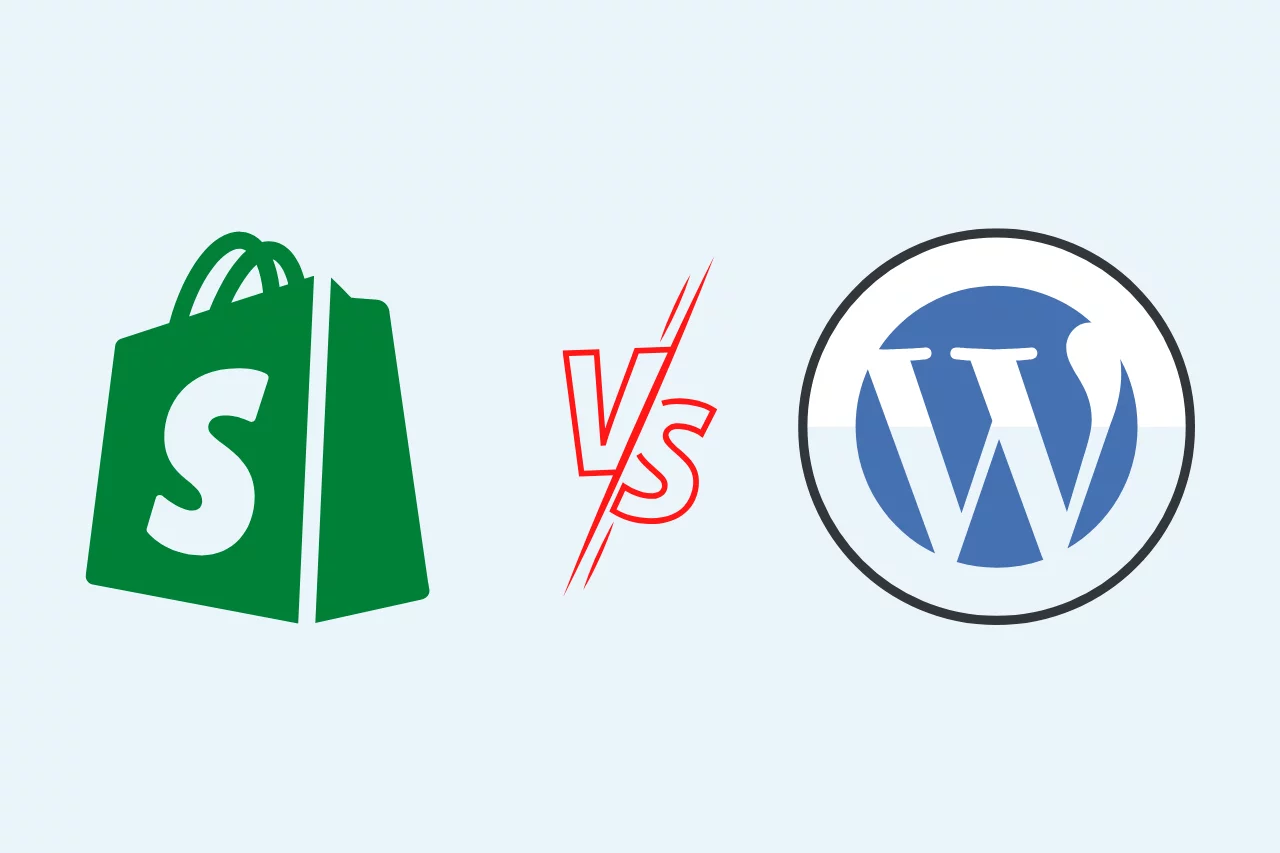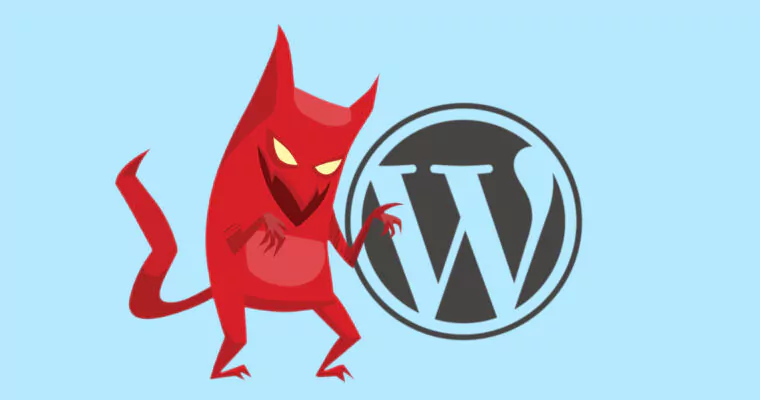In the vast realm of online commerce, choosing the right platform can make or break your business. Two titans stand at the forefront of this digital battleground: Shopify and WooCommerce. If you’re diving into the world of e-commerce, navigating through the options might seem daunting. Fear not! In this article, we’ll embark on a journey to unravel the mysteries of Shopify and WooCommerce, helping you make an informed decision tailored to your business needs.
Introduction: Setting the Stage
Before we dive into the nitty-gritty, let’s set the stage. Picture this: you’re the director of your e-commerce masterpiece, and Shopify and WooCommerce are the lead actors. But who steals the show? That’s what we’re here to discover. So, grab your popcorn, and let’s start the show!
Table of Contents
| Sr# | Headings |
|---|---|
| 1. | Shopify vs WooCommerce: The Showdown Begins |
| 2. | Ease of Use: A User-Friendly Battle |
| 3. | Design: Dressing Up Your Online Store |
| 4. | Costs: Counting the Coins |
| 5. | Flexibility: Tailoring Your E-commerce Suit |
| 6. | Payment Options: Cash Rules Everything Around Me |
| 7. | Apps and Add-ons: The Extras Matter |
| 8. | SEO Friendliness: Climbing the Google Ladder |
| 9. | Support: The SOS Button for E-commerce Emergencies |
| 10. | Security: Fort Knox for Your Digital Assets |
| 11. | Migration: Moving Day for Your Online Store |
| 12. | Scalability: Growing Pains or Seamless Expansion |
| 13. | Community: Finding Your E-commerce Tribe |
| 14. | Innovation: Keeping Up with the E-commerce Trends |
| 15. | Conclusion: The Final Bow |
| 16. | Marketing Integration: Spreading the Word |
| 17. | Mobile Responsiveness: Shopping on the Go |
| 18. | Analytics and Reporting: Decoding the Data |
| 19. | User Reviews and Ratings: Building Trust |
| 20. | Internationalization: Going Global |
| 21. | FAQs: Addressing Your Curiosities |
| 22. | Embarking on Your E-commerce Odyssey |
1. Shopify vs WooCommerce: The Showdown Begins
Let the battle commence! Shopify and WooCommerce, both esteemed platforms, have their unique strengths and quirks. It’s crucial to understand their dynamics to make the right call for your e-commerce venture.
2. Ease of Use: A User-Friendly Battle
Shopify: Streamlined Simplicity
Shopify takes the lead in the user-friendliness department. With its intuitive drag-and-drop interface, even the technologically challenged can create a stunning online store with ease. No coding required!
WooCommerce: WordPress Familiarity
WooCommerce, being a WordPress plugin, relies on the familiarity of the WordPress dashboard. If you’re comfortable with WordPress, navigating WooCommerce will feel like a breeze. However, beginners might find the learning curve a tad steeper.
3. Design: Dressing Up Your Online Store
Shopify: Dazzling Templates
Shopify’s templates are the fashionistas of the e-commerce world. With a range of professionally designed themes, you can easily give your online store a makeover without breaking a sweat. It’s like having a personal stylist for your business.
WooCommerce: Custom Couture
WooCommerce doesn’t fall behind in the fashion game. While it may not have as many out-of-the-box options as Shopify, its flexibility allows for intricate customization. It’s the bespoke suit to Shopify’s off-the-rack elegance.
4. Costs: Counting the Coins
Shopify: All-Inclusive Packages
Shopify’s pricing is straightforward. Choose a plan, pay the fee, and you’re ready to roll. The ease of budgeting is a sigh of relief for business owners, especially those just starting.
WooCommerce: A La Carte Pricing
WooCommerce operates on a more modular pricing structure. While the core plugin is free, costs can add up with themes, extensions, and hosting. It’s like ordering from a menu, selecting only what you need.
5. Flexibility: Tailoring Your E-commerce Suit
Shopify: Simplified Customization
Shopify excels in simplicity. It might not offer the same level of granular control as WooCommerce, but for many, the trade-off is worth it. Customizing your store is a breeze, even if you’re not tech-savvy.
WooCommerce: Infinite Possibilities
WooCommerce, being a WordPress plugin, opens the doors to endless customization possibilities. If you have specific design and functionality needs, WooCommerce is the tailor that can craft your dream e-commerce suit.
6. Payment Options: Cash Rules Everything Around Me
Shopify: Seamless Transactions
Shopify integrates seamlessly with various payment gateways, ensuring your customers have a smooth and secure transaction experience. From credit cards to alternative payment methods, Shopify covers the financial spectrum.
WooCommerce: Payment Gateway Buffet
WooCommerce is not short on options either. With a plethora of available payment gateways, you can cater to a diverse audience. However, setting up might require a bit more technical know-how.
7. Apps and Add-ons: The Extras Matter
Shopify: App Store Extravaganza
Shopify’s App Store is a treasure trove of apps and add-ons. Need a feature? There’s probably an app for that. The convenience of one-click installations makes enhancing your store a breeze.
WooCommerce: WordPress Plugin Playground
WooCommerce taps into the vast world of WordPress plugins. While not as neatly organized as Shopify’s App Store, the sheer variety gives you the power to tailor your online store to perfection.
8. SEO Friendliness: Climbing the Google Ladder
Shopify: SEO Simplified
Shopify takes care of a significant chunk of SEO basics, making it a solid choice for those not wanting to delve deep into the SEO labyrinth. Meta tags, sitemaps, and clean URLs are part of the package.
WooCommerce: WordPress SEO Power
WooCommerce inherits the SEO prowess of WordPress. If you’re an SEO enthusiast, the ability to optimize every aspect of your site gives you a competitive edge. It’s the SEO toolbox for those craving control.
9. Support: The SOS Button for E-commerce Emergencies
Shopify: 24/7 Support Lifeline
Shopify boasts round-the-clock customer support. Whether it’s a technical hiccup or a design dilemma, help is just a click away. For e-commerce entrepreneurs, having a reliable support lifeline is invaluable.
WooCommerce: Community Power
WooCommerce’s support leans heavily on its community. While there’s no dedicated 24/7 support, the active forums and extensive documentation can often guide you through challenges. It’s the collaborative spirit at play.
10. Security: Fort Knox for Your Digital Assets
Shopify: Security Assurance
Shopify prioritizes security. Your data is guarded like a treasure chest, and the platform takes care of updates and compliance. It’s the digital fortress ensuring your business remains impenetrable.
WooCommerce: Own Your Security
WooCommerce places a significant responsibility on the store owner for security. While this means more control, it also demands a proactive approach to keep your digital storefront under lock and key.
11. Migration: Moving Day for Your Online Store
Shopify: Seamless Transition
Moving your store to Shopify feels like upgrading to a luxurious penthouse. The migration process is smooth, and you won’t miss a beat in your business operations.
WooCommerce: WordPress Relocation
WooCommerce migration involves the intricacies of relocating within the WordPress ecosystem. If you’re already a WordPress user, this transition is a logical step, though it may require more careful planning.
12. Scalability: Growing Pains or Seamless Expansion
Shopify: Plug-and-Play Growth
Shopify’s scalability is akin to building blocks. As your business grows, simply switch to a higher-tier plan, and Shopify effortlessly scales with you. It’s the plug-and-play solution for expanding ventures.
WooCommerce: WordPress Flexibility
WooCommerce grows with your WordPress site. The flexibility is immense, but it may require a bit more hands-on management as your business hits new heights. It’s like nurturing a thriving garden that demands attention.
13. Community: Finding Your E-commerce Tribe
Shopify: The Marketplace Hub
Shopify’s community is centralized in its marketplace. Connect with fellow entrepreneurs, share insights, and discover solutions to common challenges. It’s the bustling city square for e-commerce enthusiasts.
WooCommerce: WordPress Roots
WooCommerce inherits the vast WordPress community. While not as tightly integrated, the wealth of knowledge and shared experiences can be a valuable asset for navigating the e-commerce landscape.
14. Innovation: Keeping Up with the E-commerce Trends
Shopify: Trendy Features Galore
Shopify stays at the forefront of e-commerce trends. From augmented reality shopping experiences to social commerce integrations, Shopify ensures your store is equipped with the latest and greatest.
WooCommerce: WordPress Adaptability
WooCommerce evolves with the broader WordPress ecosystem. While not always as cutting-edge as Shopify, it embraces adaptability, allowing your store to leverage emerging technologies seamlessly.
15. Conclusion: The Final Bow
As the curtains fall, the choice between Shopify and WooCommerce boils down to your unique needs. Shopify offers simplicity, reliability, and an all-inclusive package. On the other hand, WooCommerce provides flexibility, customization, and the power of WordPress integration. Choose wisely, and let your e-commerce journey begin!
Unlocking the Potential: Your E-commerce Journey Continues
With your newfound knowledge of Shopify and WooCommerce, it’s time to delve deeper into the intricacies that can truly elevate your online store. Let’s explore additional aspects and considerations that may sway your decision in this ongoing quest for e-commerce greatness.
16. Marketing Integration: Spreading the Word
Shopify: Seamless Marketing Channels
Shopify doesn’t just stop at creating your store; it extends its hand into the realm of marketing. From email campaigns to social media integrations, Shopify makes it easy for you to spread the word and attract your target audience.
WooCommerce: WordPress Marketing Arsenal
WooCommerce leverages the vast marketing capabilities of WordPress. With a plethora of plugins at your disposal, you can craft sophisticated marketing strategies to propel your products into the spotlight.
17. Mobile Responsiveness: Shopping on the Go
Shopify: Mobile-Friendly Magic
In a world where smartphones rule, Shopify shines with its mobile responsiveness. Your customers can seamlessly navigate and make purchases on your online store, whether they’re using a laptop, tablet, or smartphone.
WooCommerce: Tailored Mobile Experience
WooCommerce follows suit, ensuring a user-friendly experience on mobile devices. With the flexibility to customize your store’s mobile appearance, you can tailor it to match your brand and cater to on-the-go shoppers.
18. Analytics and Reporting: Decoding the Data
Shopify: Data Delight
Shopify doesn’t just leave you in the dark about your store’s performance. Its robust analytics and reporting tools provide insights into customer behavior, sales trends, and more, empowering you to make informed decisions.
WooCommerce: WordPress Data Dive
WooCommerce taps into the analytical power of WordPress. With the ability to integrate various analytics tools and plugins, you can fine-tune your understanding of your audience and tweak your strategies accordingly.
19. User Reviews and Ratings: Building Trust
Shopify: Trust Badges Galore
Shopify understands the importance of building trust. With a plethora of apps and features dedicated to showcasing customer reviews and ratings, you can establish credibility and instill confidence in potential buyers.
WooCommerce: WordPress Reputation Boost
WooCommerce integrates seamlessly with WordPress review plugins. Harness the power of user-generated content to build a reputation that resonates with your audience, fostering trust and loyalty.
20. Internationalization: Going Global
Shopify: Global E-commerce Hub
Dreaming of reaching customers worldwide? Shopify simplifies the process with its internationalization features. From multi-currency support to language customization, you can transform your store into a global marketplace.
WooCommerce: WordPress Worldwide Reach
WooCommerce extends its reach globally by leveraging the international capabilities of WordPress. With plugins dedicated to multi-language and multi-currency support, you can break down language barriers and capture diverse markets.
FAQs: Addressing Your Curiosities
Q1: Which is better for beginners, Shopify, or WooCommerce? Both platforms have their merits, but if you’re a beginner seeking simplicity, Shopify’s user-friendly interface is a great starting point.
Q2: Can I migrate from WooCommerce to Shopify or vice versa? Yes, migration is possible. Both platforms offer tools and guidance to make the process as seamless as possible.
Q3: How secure are these platforms for online transactions? Shopify and WooCommerce prioritize security, but the level of involvement in maintaining it differs. Shopify offers a more hands-off approach, while WooCommerce demands more proactive management.
Q4: Are there any hidden costs with WooCommerce’s free core plugin? While the core plugin is free, additional costs may arise for themes, extensions, and hosting. It’s essential to budget for these as per your business requirements.
Q5: Can I use Shopify or WooCommerce without any coding knowledge? Absolutely! Both platforms are designed to cater to users without coding expertise. Shopify’s drag-and-drop interface is particularly beginner-friendly, while WooCommerce relies on the familiarity of WordPress.
Q6: Can I use my own domain name with both Shopify and WooCommerce? Absolutely! Both platforms allow you to use a custom domain name, providing a professional and branded identity for your online store.
Q7: Which platform offers better integration with third-party tools and services? While both Shopify and WooCommerce offer extensive integration options, Shopify’s App Store and WooCommerce’s WordPress plugin ecosystem cater to various needs, ensuring flexibility in expanding your store’s functionalities.
Q8: Do I need to worry about hosting my store with Shopify or WooCommerce? With Shopify, hosting is included in the package, offering a hassle-free solution. For WooCommerce, you’ll need to choose a reliable hosting provider separately.
Q9: Can I run multiple stores with a single Shopify or WooCommerce account? Yes, both platforms allow you to manage multiple stores under a single account, streamlining your business operations.
Q10: How do I handle taxes on my e-commerce store with Shopify or WooCommerce? Both platforms provide tools to handle taxes, including automatic tax calculations. However, it’s essential to understand your specific tax obligations based on your location and the nature of your products.
Embarking on Your E-commerce Odyssey
As the chapters of your e-commerce journey unfold, remember that the choice between Shopify and WooCommerce isn’t just about features; it’s about aligning the platform with your vision, goals, and the unique identity of your brand. Both are formidable contenders in the e-commerce arena, each with its strengths and nuances.
So, whether you’re drawn to the simplicity of Shopify’s all-inclusive packages or enticed by the limitless customization possibilities offered by WooCommerce, your decision should echo your business ethos. May your online store thrive, and your customers embark on a seamless and enjoyable shopping experience!
As you navigate the ever-evolving landscape of e-commerce, keep in mind that the success of your digital storefront isn’t solely dependent on the platform you choose; it’s also about your dedication, adaptability, and understanding of your customers’ needs. Happy selling!





